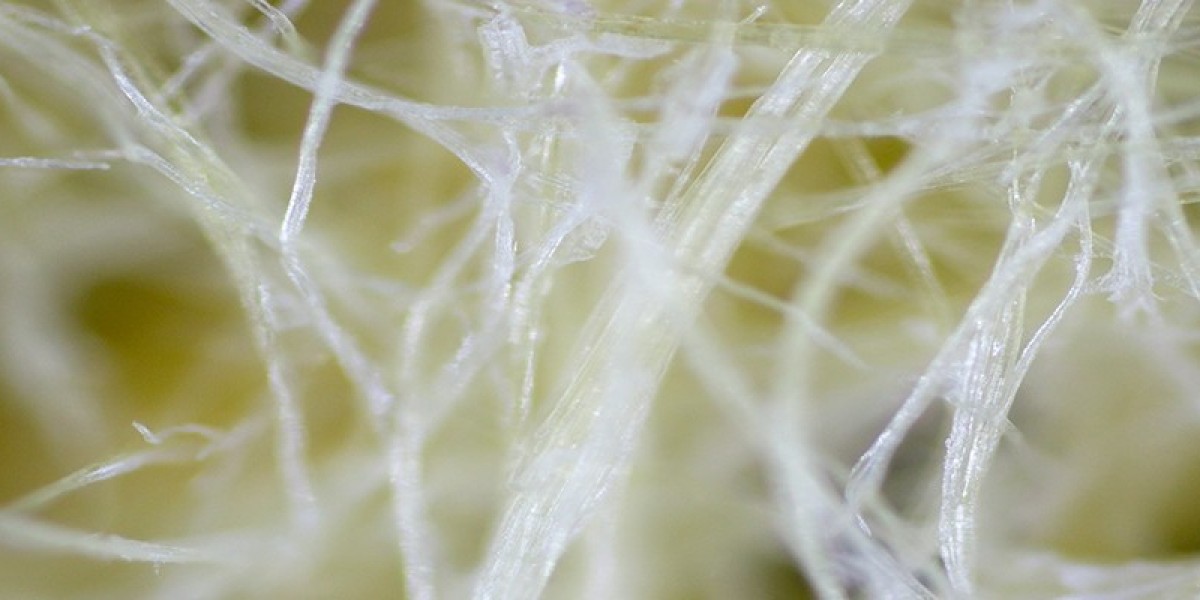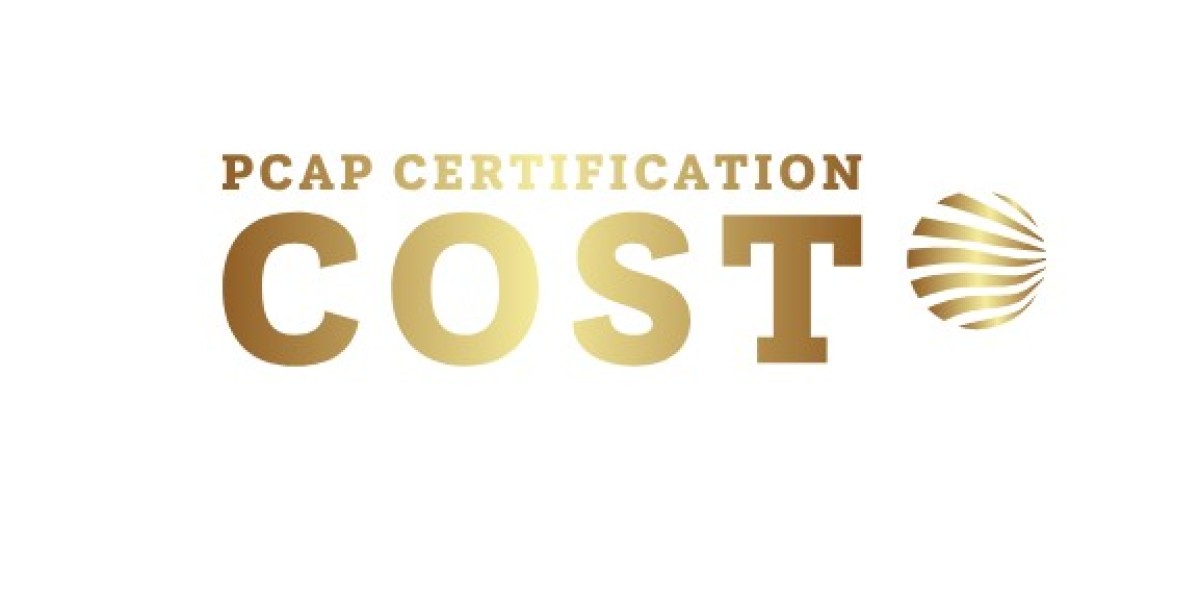Microfibrillated cellulose (MFC) is a nanoscale form of cellulose produced from wood pulp or plant-based materials through refining processes that separate cellulose fibrils. At the molecular level, MFC consists of cellulose nanofibers with a width of 20-60 nanometers and a high length-to-diameter ratio. This nanoscale fibrillary structure allows MFC to form strong, flexible, and transparent films or gels when dried or suspended in water.
Production Methods for MFC
While various production methods exist, they all involve mechanically separating and disintegrating the cellulose fibers using processes such as homogenization, microfluidization, or grinding. In homogenization, the wood pulp slurry is pumped at high pressure through a narrow gap to break the fibers into nanoscale fragments. Microfluidization uses a similar high-pressure interaction mechanism in multiple chambers to refine the fibers. Grinding mills employ abrasive surfaces and shear forces to tear the fibers apart. Following fiber separation, the MFC suspension is typically purified to remove other wood components like lignin and hemicellulose.
Applications of MFC in Packaging
The high strength and barrier properties of Microfibrillated Cellulose make it promising for eco-friendly packaging materials. MFC films are oil and grease resistant, while also maintaining excellent gas and moisture barrier abilities. This allows MFC to partly or fully replace fossil fuel-based plastics in food packaging. Researchers are developing MFC composite films with polymers to leverage its reinforcing effects. MFC films can make cardboard and paper packaging stronger, lighter, and more moisture-resistant. It is also being looked at as a coating to enhance the performance of corrugated boxes and paper cups.
Uses of MFC in Electronics and Automotive Industries
MFC's high strength along with its light weight and sustainability have drawn interest from electronics manufacturers. It is being used to enhance the mechanical properties of housing and casings of mobile phones, TVs, and laptops. Additionally, MFC composites provide good electrical insulation for printed wiring boards and electronics components. The automotive sector is examining MFC for interior and exterior automotive panels requiring lightweight materials. MFC also presents opportunities to reinforce plastic components and compounds used in vehicles. Ongoing research aims to develop MFC-based lightweight structures, foams, and composites for enhanced vehicle efficiency.
MFC in Construction and Biomedical Applications
With its high water-holding capacity and film-forming ability, MFC can modify the rheological properties of cement paste and concrete mixes. This allows the development of more environmentally-friendly concrete with improved workability, strength, and water resistance. Studies show that MFC reinforcement of concrete can reduce its carbon footprint. In biomedicine, MFC's nanoscale dimensions, biocompatibility, and film-forming nature enable its use as a component of bone scaffolds, implants, wound dressings, and drug delivery systems. Researchers are also exploring methods to functionalize MFC for tissue engineering applications.
Environmental and Renewability Advantages of MFC
As a natural nanomaterial derived from biomass, MFC offers several sustainability benefits over fossil fuel-based plastics. Its production involves lower energy consumption compared to typical polymer synthesis and refining. MFC is also carbon-neutral since the carbon captured during plant growth is not released back as greenhouse gases. Additionally, MFC is biodegradable and compostable at industrial and home composting conditions. This makes it an environmentally-friendly alternative for both single-use packaging and durable applications. Cellulose is also the most abundant organic polymer on Earth, ensuring there is no scarcity of raw material for large-scale MFC production.
R&D Challenges and Prospects for MFC Commercialization
While research into MFC applications is growing, wider industrial adoption faces challenges in areas like production scale-up, cost competitiveness, and property optimization. Factors such as energy efficiency during refining and methods to isolate high-purity MFC economically require further improvements. The development of smart nanostructured MFC materials tailored for specific end-use properties also demands continued R&D investments. Overcoming these challenges would accelerate scaling up of MFC manufacturing. Looking ahead, its renewability and multifunctionality augur well for large-scale commercialization across industries like packaging, automotive, construction, and biomedical within next 5-10 years. Global standards and life cycle analysis can further strengthen the sustainability credentials of MFC.
Microfibrillated cellulose is a versatile nanoscale cellulose material offering advantages in sustainability, renewability, mechanical performance and biocompatibility. Its production from biomass and ability to reinforce polymer composites make MFC an exciting substitute for petroleum-based plastics. While challenges remain in optimizing production costs and properties, ongoing research efforts indicate a bright prospect for MFC to revolutionize diverse industries through eco-friendly nanomaterial solutions of the future.
Get More Insights on- Microfibrillated Cellulose
For Deeper Insights, Find the Report in the Language that You want:
About Author:
Priya Pandey is a dynamic and passionate editor with over three years of expertise in content editing and proofreading. Holding a bachelor's degree in biotechnology, Priya has a knack for making the content engaging. Her diverse portfolio includes editing documents across different industries, including food and beverages, information and technology, healthcare, chemical and materials, etc. Priya's meticulous attention to detail and commitment to excellence make her an invaluable asset in the world of content creation and refinement.
(LinkedIn- https://www.linkedin.com/in/priya-pandey-8417a8173/)
Naijamatta is a social networking site,
download Naijamatta from Google play store or visit www.naijamatta.com to register. You can post, comment, do voice and video call, join and open group, go live etc. Join Naijamatta family, the Green app.
Click To Download

